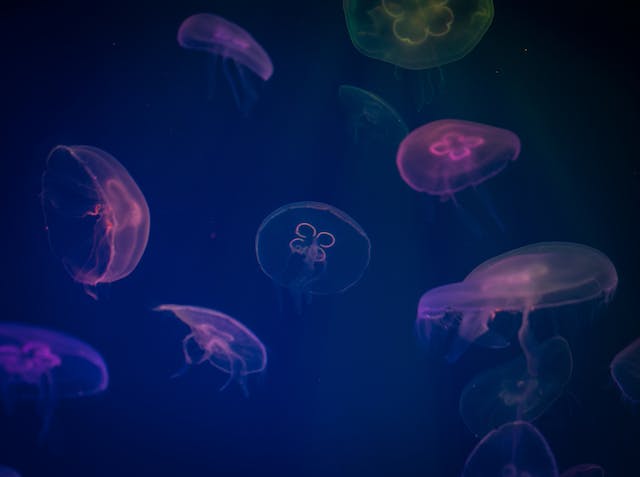The concept of immortality is truly fascinating. In fact, there are lots of myths about having eternal life. But did you know that being immortal is possible? Yes, it is! For a jellyfish. A German biologist named Christian Sommer discovered something about a species of jellyfish called Turritopsis. It’s that it has evolved to self-regenerate, therefore, having eternal life.
It was in the summer of 1988 while conducting research about a hydrozoan called the Italian Riviera, which are invertebrates known to change their appearance at different developmental stages, Sommer swept up a very rare species of hydrozoan in his plankton net. It is the Turritopsis dohrnii, or known today as the immortal jellyfish.
He brought it to his lab for observation. Based on what he had observed, the organism seemed to be aging in reverse. It grew younger day by day until it was reborn. Then it started to grow bigger again. Sommer did not understand what was happening to the organism. Some Italian scientists then discovered it and they took up its investigation.
The Italian scientists had worked out a summary of what was happening to the organism in 1996. Based on their observation, they found out that the Turritopsis has an ability to revert to polyp-hood at any stage of its development if needed. For instance, if it gets injured. Meaning, the creature does not have to die. Instead of aging, it rejuvenates itself, resets its biological clock, and starts fresh. Unlike other jellyfish that perish after spawning eggs or sperm, Turritopsis cheats death through a simple process.
First, it begins its life as a larva called planula. Then it allows itself to go down the seafloor where it settles and curls up into a ball and begins to reabsorb itself. It eventually breaks down into a jelly-like mold which is called a polyp colony by scientists. The pile of jellyfish gradually grows an outer shell after a few days. Then, it will sprout elongated shoots which will soon become a new polyp and in turn will re-grow and rejuvenate itself. These elongated shoots are called stolons. And the cycle goes on.
Turritopsis dohrnii is now formally known as the only immortal creature on Earth. It has a bell-shaped medusa with a diameter of 4.5 millimeters in maximum. It is as tall as its width. Its bell’s jelly walls are thin, and it has a relatively large stomach which is bright red and has a cruciform shape in the cross-section. Young specimens of Turritopsis only have eight tentacles while adult specimen have eighty to ninety tentacles.
The immortal jellyfish is believed to have originated in the Pacific but has spread all over the world by trans-Arctic migrations. They are usually found in temperate to tropical regions in all the world’s oceans. Since these species are immortal, it is possible that their population are rising fast.
Its secret to eternal life is not just living for a long time, but about maturity, or rather the lack of it. However, they are also possible to die in two ways. First is if they get consumed by another fish, and second if a disease strikes the jelly.
Culturing them are also quite difficult. In fact, only one scientist up to the present time has kept an immortal jellyfish in captivity. Shin Kubota from Kyoto University managed to sustain a group of these jellyfish for about two years. According to him, in that period, the colony rebirthed itself eleven times. He said it’s challenging to keep them because the plankton must be inspected daily to ensure that they have digested their food which is called Artemia cysts or brine shrimp.
The cell development of Turritopsis dohrnii, which is a rare process called transdifferentiation, has also inspired many scientists in finding a way to make stem cells using the process of renewing damaged or dead tissue in a human. Due to its magical self-reproductive talent, no one can tell yet how long the invasion of these spineless creatures will persist, but it seems that they will be here for a long time.
Let’s hope that the studies and research being made about these immortal jellyfish will help in the science of regenerative medicine which can lead to discovering solutions to the issues in human healing.

